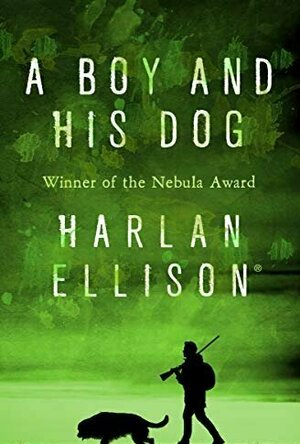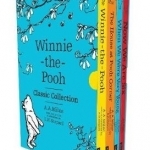
Winnie-the-Pooh Classic Collection
Book
'Once upon a time, a very long time ago now, about last Friday, Winnie-the-Pooh lived in a forest...

El Testimonio en la Pentagonia de Reinaldo Arenas
Book
Este libro presenta un analisis detallado de la Pentagonia de Reinaldo Arenas, que incluye las...
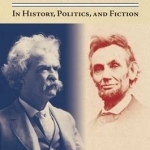
The American Dream: In History, Politics, and Fiction
Book
Life, liberty, and the pursuit of happiness: these words have long represented the promise of...
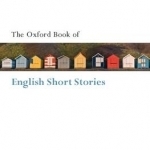
The Oxford Book of English Short Stories
Book
The Oxford Book of English Short Stories , edited by A. S. Byatt, herself the author of several...
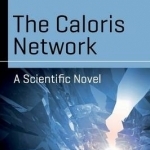
The Caloris Network: A Scientific Novel: 2016
Book
The year is 2130. The first-ever expedition is sent to Mercury to search for the cause of an unknown...
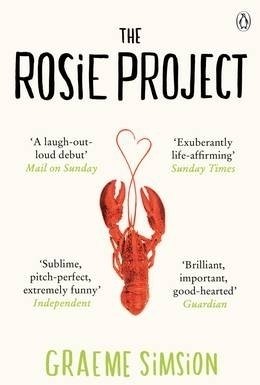
The Rosie Project: No. 1: Don Tillman
Book
The Rosie Project by Graeme Simsion is a story about love, life and lobster every...
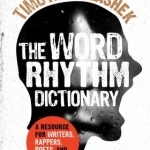
The Word Rhythm Dictionary: A Resource for Writers, Rappers, Poets, and Lyricists
Book
The Word Rhythm Dictionary: A Resource for Writers, Rappers, Poets, and Lyricists is a new kind of...
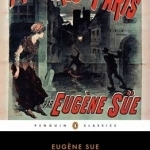
Mysteries of Paris
Book
The first new translation in over a century of the the brilliant epic novel that inspired Les...
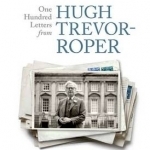
One Hundred Letters from Hugh Trevor-Roper
Richard Davenport-Hines and Adam Sisman
Book
The one hundred letters brought together for this book illustrate the range of Hugh Trevor-Roper's...
Joe Goodhart (27 KP) rated A Boy and His Dog in Books
Nov 30, 2020
Okay, that's enough of my tribute-of-sorts to Harlan Ellison. Now, for my review of A BOY AND HIS DOG.
This was a a quick, fun read. Quite literally, it is the adventure of boy (Vic) and his telepathic dog (Blood). The two rely on each other, sharing bond that comes through in all of their exchanges. A four-legged friend who became so much more than just a "canine companion".
The tale was written in 1969 and was later adapted for film by L.Q. Jones. Despite the time written, the book still reads as if written yesterday. And that was something unique about Ellison: his writing felt timeless, as if it was not tied to any particular time during which it was written.
Yes, the language can be deemed coarse at points, but still far less offensive than anything written today. The use of profanity is given to the way Vic speaks, a product of the post-apocalyptic world he was born. It never feels forced or anything approaching offensive. It just feels, for want of a better word, natural.
Again, this is a fun short story about a boy and his dog. It may not appeal to everyone, but I surely liked it and I hope that maybe you will, too.
Also, stick around after the story, as "AHBHU: The Passing of One Man's Inspiration and Best Friend". It is Harlan Ellison's tribute/memorial to his rescued dog, a Puli (essentially, a Hungarian sheep dog), and how much he meant to him, so much so that he was whom Ellison based Blood's character on. I challenge you to NOT tear up by the conclusion!
By all means, good people, please check this one out!
